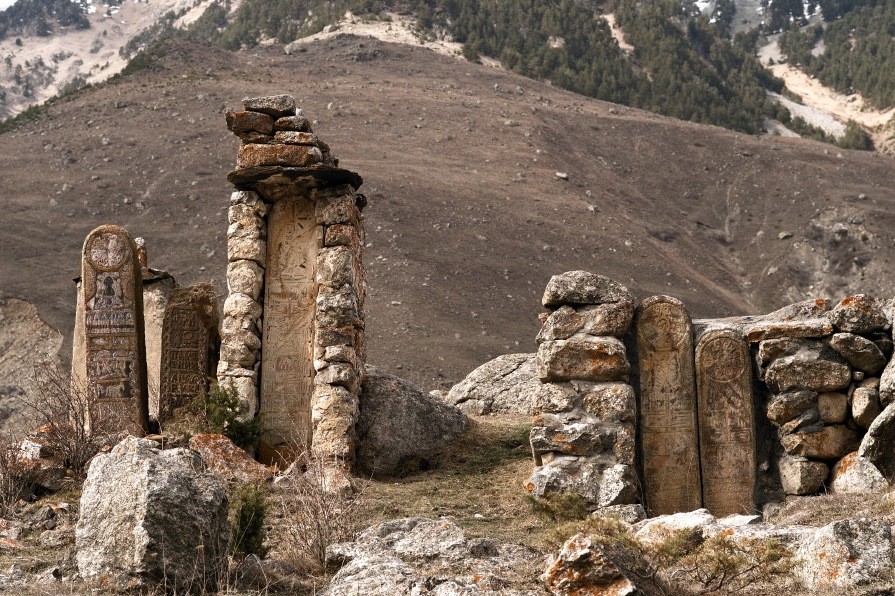
The article considers the pagan temples in the Caucasus and the activities of the christianpagan clergy in the XIX century. The attention is paid to the characteristic features of the rites of the christian-pagan clergy and the places of rituals in the North-West and Central Caucasus. The main sources were the materials of personal origin (memoirs and diaries) left by travelers in the nineteenth century. These materials allowed authors to get an idea about the appearance of temples and the rituals that were performed around them. In addition, there were used the materials of archaeological research and recent scientific publications. The archival materials presented by the documents of the Central state historical archive of Georgia are also of great importance. In the solution of research tasks there were used as general scientific methods (analysis and synthesis, concretization, generalization), and traditional methods of historical analysis. The authors used the historical-situational method, which involves the study of historical facts in the context of the studied era in conjunction with the «neighboring» events and facts. In view of the scarce information on the studied problem, the historical-descriptive method was also used. In conclusion, the authors state that pagan culture in the first half of the XIX century had a significant spread in the Caucasus. It is very often observed the religious symbiosis, when some pagan customs were closely intertwined with either christianity or islam. This religious symbiosis even today is manifested in a series of traditions of the caucasian population.
Source: Bella A. Bulgarova, Alla G. Vazerova, Osor R. Ochirov (2017). Religious Culture in the Caucasus: Pagan Temples and Traditions. Bylye Gody. Vol. 44. Is. 2: 420-427.
Source web-site: http://ejournal52.com/journals_n/1496420284.pdf
Number of views: 3989